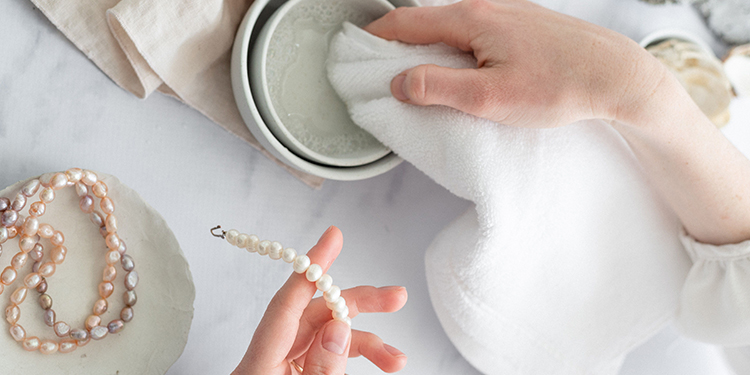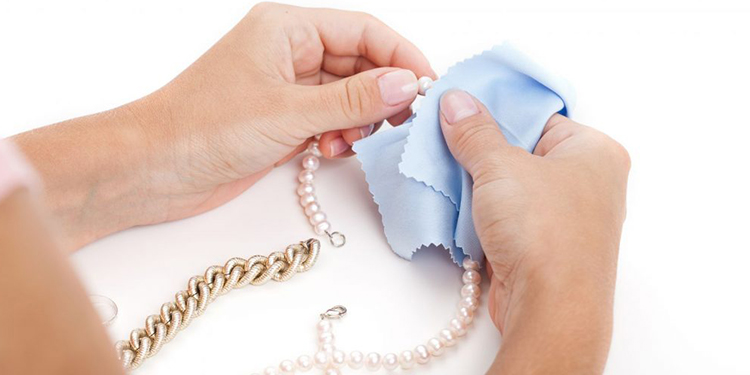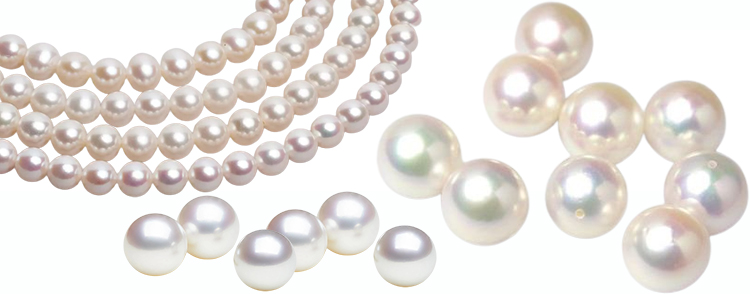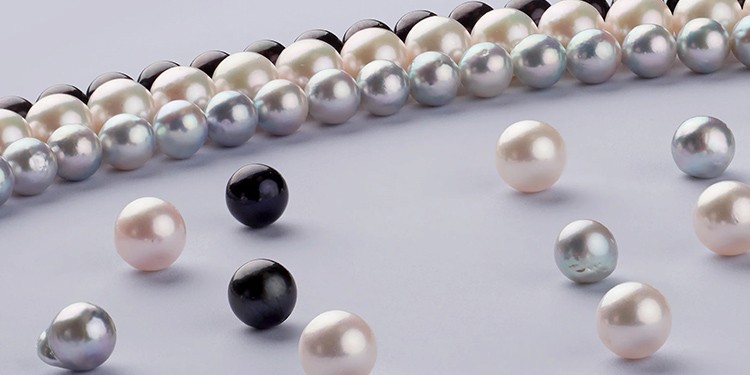The Whitening and Bleaching of Pearls

Today, we've gathered informative materials on the subjects of pearl bleaching and whitening in the realm of jewelry, and we'd like to share them with you.
The content primarily derives from reliable sources, and we welcome discussion and corrections if there are differing opinions.
White Akoya pearls and freshwater pearls are commonly subjected to three types of bleaching and whitening methods:
Traditional Bleaching

Principle and Effect
This method employs physical adsorption, heating, light exposure, and an oxidizing agent (typically hydrogen peroxide) to remove or react with colored substances within the pearls.
The bleaching effect is relatively stable.
Usage
Widely used in both freshwater and Akoya pearls.
Harm
There is no evidence to suggest that traditional bleaching methods are harmful to humans.
Categorization
Testing agencies in various countries typically classify it as an "enhancement," and it does not require special notation on certificates.
Reducing Agent Bleaching

Principle and Effect
This technique involves the reaction of a reducing agent with the color centers in the pearls to saturate them,turning unsaturated bonds into single bonds and removing color (can be applied in conjunction with traditional bleaching).
The bleaching effect is less stable and may easily revert through oxidation (potentially explaining why freshwater pearls are considered prone to yellowing).
Usage
The Japan Pearl Promotion Society suggests that reducing agent bleaching is commonly used in Chinese freshwater pearls, while Akoya pearls typically do not undergo this process.
Harm
The Japan Pearl Promotion Society suggests that toxic aldehyde residues might remain after reducing agent bleaching (though discussing toxicity without specifying quantities is not reasonable).
Categorization
In Japan, reducing agent bleaching is categorized as a "treatment," and it must be noted on certificates.
In China, it is classified as an "enhancement," and notation is not required on certificates.
Fluorescent Agent Whitening

Principle and Effect
Pearls are soaked in an agent with blue fluorescence under ultraviolet (UV) light.
The fluorescent agent adheres to the pearls and, when exposed to sunlight, emits a faint blue fluorescence, visually whitening the pearls by neutralizing the yellow tones.
Additionally, the fluorescent agent generates extra visible light, resulting in a slight increase in brightness.
However, the primary purpose is whitening, not brightening.
Stability of Effect
There is no definitive research regarding the stability of the effect, although a Japanese article from 1990 mentioned that "when the fluorescent effect is partially decomposed, it may accelerate the yellowing of the fibers."
Furthermore, the topic was discussed at a 1992 meeting of the Japanese Gemological Society, but the specific content has not been made public.

Usage
Widely employed in Chinese freshwater pearls, and there might be limited use in Akoya pearls.
Harm
There is no evidence to suggest that fluorescent agents are harmful to humans.
Categorization
In Japan, fluorescent agent whitening is categorized as a "treatment," and it must be noted on certificates.
In China, including Guild certificates, it is considered an "enhancement," and notation is not required.
Note:
The presence of fluorescent agents can be self-verified.
Naturally fluorescent white pearls usually exhibit weak bluish-green fluorescence, while the addition of fluorescent agents results in blue fluorescence.
Differentiating can be done with the use of ultraviolet lamps.


Leave a Comment